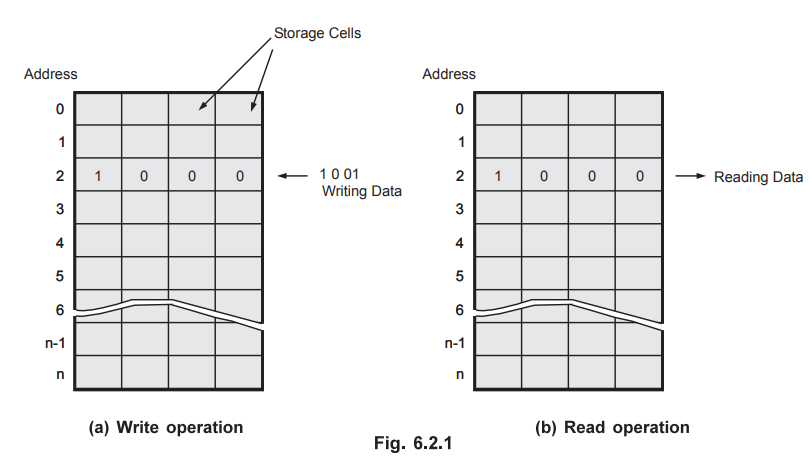Microprocessors and Microcontrollers: Unit I: (d) Memory Interfacing
Terminology and Operations
Memory Interfacing
Memories are made up of registers. Each register in the memory is one storage location. Each location is identified by an address.
Terminology and Operations
Memories
are made up of registers. Each register in the memory is one storage location.
Each location is identified by an address. The number of storage locations can
vary from a few in some memories to hundreds of thousand in others. Each
location can accommodate one or more bits. Generally, the total number of bits
that a memory can store is its capacity. Most of the types the capacity is
specified in terms of bytes (group of eight bits).
Each
register consists of storage elements (flip-flops or capacitors in
semiconductor memories and magnetic domain in magnetic storage), each of which
stores one bit of data. A storage element is called a cell.
The
data stored in a memory by a process called writing and are retrieved from the
memory by a process called reading. Fig. 6.2.1 illustrates in a very simplified
way the concept of write, read, address and storage capacity for a generalized
memory.

Review Questions
1. What is address ?
2. What is memory capacity ?
Microprocessors and Microcontrollers: Unit I: (d) Memory Interfacing : Tag: : Memory Interfacing - Terminology and Operations